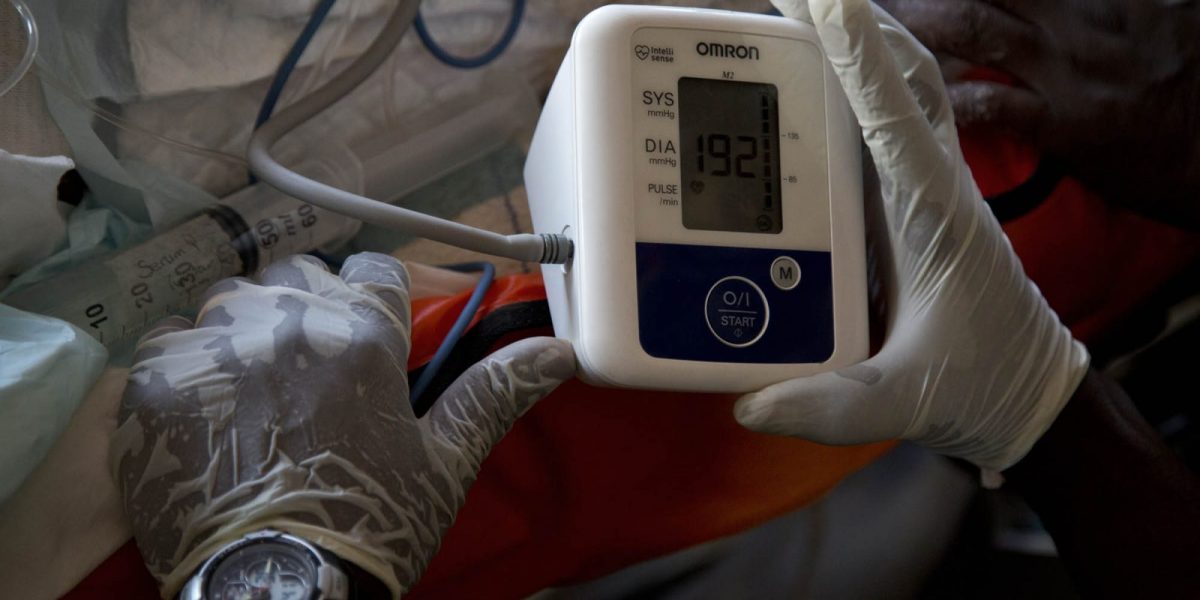Digital disease surveillance is the aggregation and analysis of data available on the internet, such as search engines, social media and mobile phones, and not directly associated with patient illnesses or medical encounters. There is growing interest in using digital surveillance approaches to improve monitoring and control of infectious disease outbreaks, as prior work has shown that digital approaches can improve the timeliness and depth of surveillance information, particularly in high-income settings. However, applications are scarce in low- and middle-income countries, including Africa, and few studies have shown a direct connection between digital disease surveillance and public health action.
This pilot programme aims to develop digital surveillance indicators and online disease dashboards based on social media to inform infectious disease surveillance in Africa. It is expected to strengthen real-time surveillance of infectious diseases in Africa, guide interventions, and build capacity in “Big Data” approaches for outbreak prediction, analysis and prevention. Through the programme Africa CDC is supporting Member States to evaluate the use of Google search engine, Twitter and other digital sources to monitor cholera, Ebola, influenza, plague and yellow fever, and building their capacity in digital surveillance.
The programme is funded by the Bill and Melinda Gates Foundation and implemented in partnership with the Fogarty International Centre at the US National Institutes of Health, Boston Children’s Hospital, Harvard Medical School, Roskilde University, Salzburg University, and Georgia State University..
Participating Countries
- Ghana
- Liberia
- Madagascar
- Nigeria
- Sierra Leone
- South Africa
Focus Activities
- Identify up to two priority infectious diseases suitable for evaluating digital disease surveillance in each country, in addition to cholera.
- Share surveillance data for the identified diseases to evaluate the use of digital surveillance.
- Designate contact persons for further interactions with the analytic team and participation in training activities.

